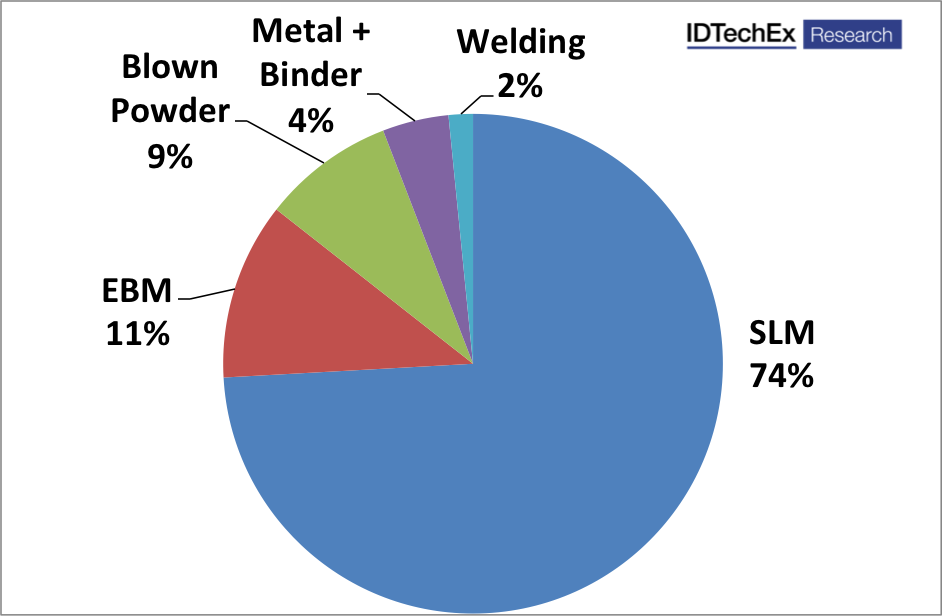



Feature Story
More feature stories by year:
2024
2023
2022
2021
2020
2019
2018
2017
2016
2015
2014
2013
2012
2011
2010
2009
2008
2007
2006
2005
2004
2003
2002
2001
2000
1999
1998
![]() Return to: 2015 Feature Stories
Return to: 2015 Feature Stories
CLIENT: IDTECHEX
July 27, 2015: IEEE Computing Now
3D printing of metals is facilitating the transition to additive manufacturing from rapid prototyping. Printing in plastics has its place in prototyping and education, but metal printing has allowed the technology to be adopted for part production in the aerospace, orthopedic, dental and jewelry industries and is now being developed for the oil and gas, printed electronics, and general engineering industries.
The key advantages are the same for all 3D printing technologies, but minimal material wastage becomes particularly important when using titanium powders costing $300/kg. Minimizing the buy-to-fly ratio, and light-weighting the parts to save fuel costs and carbon emissions, for instance, are critical in the aerospace industry.
The total installed base and sales of 3D printers during 2014saw unprecedented shipments, as companies ramp up from research into production. The installed base of 3D metal printers increased by 43% from 2013 to 2,635 units in 2014. EOS is the current market leader in terms of installed based, followed by 3D Systems and then Concept Laser. There are also many new companies entering into the space, offering different technologies or lower price points. The race for a consumer-level metal 3D printer is well under way.
The state of the market data and forecast show that Selective Laser Melting (SLM) technology is, and will remain, dominant over the next ten years. It is the most established technology, having been first commercialized by EOS in 1990, and hence it is the most developed for the widest range of applications. It is based on a laser melting a powder metal.
However, by 2020, as shown below, other technologies will have a foothold in the market.

Source: IDTechEx Research (www.IDTechEx.com/3dmetals)
Currently, the market for metal powders for 3D printing is too small to have attracted much attention for developing specific powders. In the precious metals market, suppliers have developed relationships with printer manufacturers to offer a printer plus material combinations to the jewelry industry. There are very specific powder requirements for good quality parts, some of which are listed below:
For metal 3D printing to reach widespread adoption, there are many challenges which must still be overcome. Scale-up requires much higher reliability and repeatability of each machine and between machines and between batches of powder. The links between the materials, processing and properties are not fully understood and more research and collaboration is needed. The legal implications of customizing each item, and the testing required, are not yet clear.
For more information see the report at www.IDTechEx.com/3dmetals. In addition, the IDTechEx event- 3D Printing USA in Santa Clara on November 18-19 - will feature key companies discussing metal printing.
Return to: 2015 Feature Stories